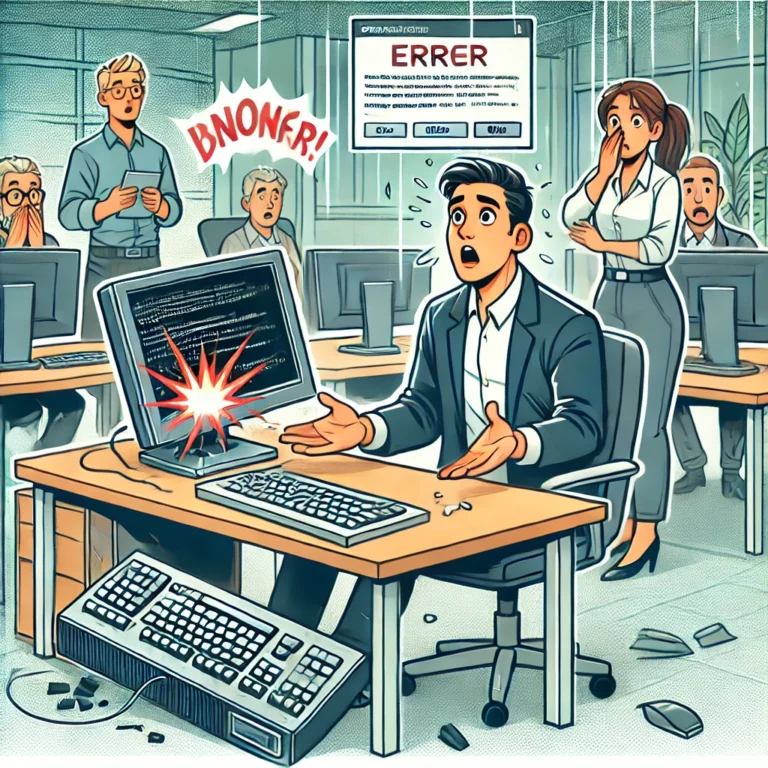Call us now:
Basis for determining the level of material liability compensation according to Vietnamese law in cases where an employee causes damage to the employer’s property.

What is Material liability compensation?
Material liability compensation is the amount of money that an employee must compensate the employer for when causing damage to property, tools, equipment, or other losses during the course of work. This compensation amount depends on various factors, such as the actual value of the damage and the degree of fault on the part of the employee.
Basis for determining the level of material liability compensation according to Vietnamese law
The basis for determining the level of material liability compensation according to Vietnamese law in cases where an employee causes damage to the employer’s property is usually based on the following factors:
1. Actual damage level
This is the first and most important basis. The damage to property caused by the employee is determined based on the value of the damaged, lost, or consumed asset in comparison to its original value or replacement value at the time of the incident.
If the asset can be repaired, the damage will be calculated based on the cost of repairs and restoration. If it cannot be repaired, the compensation amount will be based on the replacement value or the remaining value of the asset.
2. Employee’s fault
The degree of fault on the part of the employee (intentional or negligent) affects the compensation amount. If the damage is caused intentionally, the employee is typically required to compensate the full value of the damage. In contrast, if it is caused by negligence, the compensation amount may be reduced according to legal regulations or company policies.
3. Damage value relative to regional minimum wage
According to the Labor Code, if the value of the damage does not exceed 10 months of the regional minimum wage where the employee works, and the damage is caused by non-serious negligence, the employee will only be required to compensate up to a maximum of 3 months’ salary.
4. Employee’s salary
The maximum compensation in cases of non-serious damage caused by negligence, not intentional fault, typically does not exceed 3 months of the employee’s salary. This limit is set to protect the employee’s rights, ensuring that they are not burdened with compensation that severely impacts their income and livelihood.
Additionally, the employee’s salary is used as a basis for calculating the monthly wage deduction for compensation. Specifically, according to Clause 3, Article 102 of the 2019 Labor Code, when an employee causes damage to property and must provide compensation, the deducted amount for compensation cannot exceed 30% of the employee’s monthly salary, after deducting mandatory contributions such as social insurance, health insurance, unemployment insurance, and personal income tax (if applicable). This provision ensures that the employee retains sufficient income to maintain a basic standard of living during the compensation period.
5. Internal labor regulations and agreements between the two parties
The internal labor regulations and specific agreements in the labor contract or liability contract can serve as a basis for determining the level of compensation. These provisions must comply with labor laws but may detail compensation levels and methods.
The internal labor regulations of each enterprise are internal documents that clearly define the responsibilities, rights, and obligations of employees. These regulations may include provisions on the level of compensation in cases where an employee causes damage to property, the process and forms of compensation (e.g., full or partial compensation, wage deductions).
The labor contract or liability contract is a specific agreement between the employer and the employee, which may specify: compensation terms if the employee causes damage, methods and timelines for compensation, and clauses regarding fault and the extent of damage influencing the compensation amount.
6. Legal provisions
Material liability compensation is carried out in accordance with the provisions of the Labor Code (Articles 129, 130) and relevant implementing decrees (such as Decree 145/2020/ND-CP).
In summary, the level of material liability compensation is determined based on actual damage, the employee’s fault, salary, and applicable legal regulations.
How much damage caused by an employee is considered serious?
An employee is considered to have caused serious damage when the value of the damage exceeds 10 months of the regional minimum wage as stipulated by the government for the area where the employee works. This threshold is inferred from Clause 1, Article 129 of the 2019 Labor Code, which specifies that damage not exceeding this limit and caused by negligence is considered non-serious. Thus, damage exceeding this amount can be classified as serious.
Contact Us Now:
DCNH LAW
Address: 38B Tran Nhat Duat, Phuoc Hoa ward, Nha Trang city, Khanh Hoa province, Vietnam.
Phone: (+84) 343320223 – 974278893
Email: dcnh.law@gmail.com




